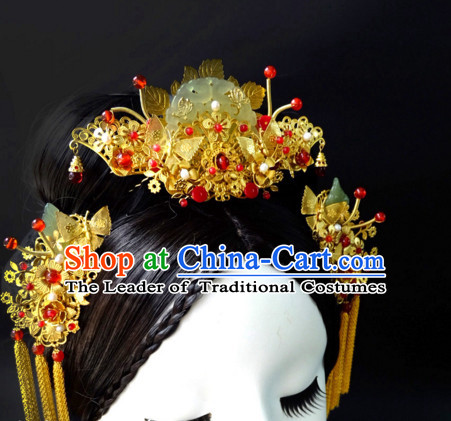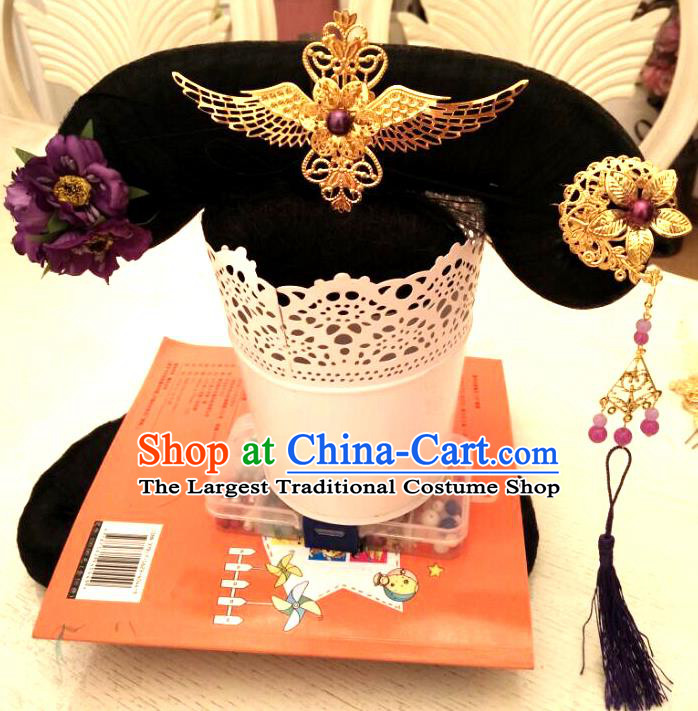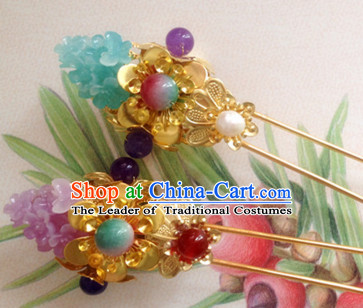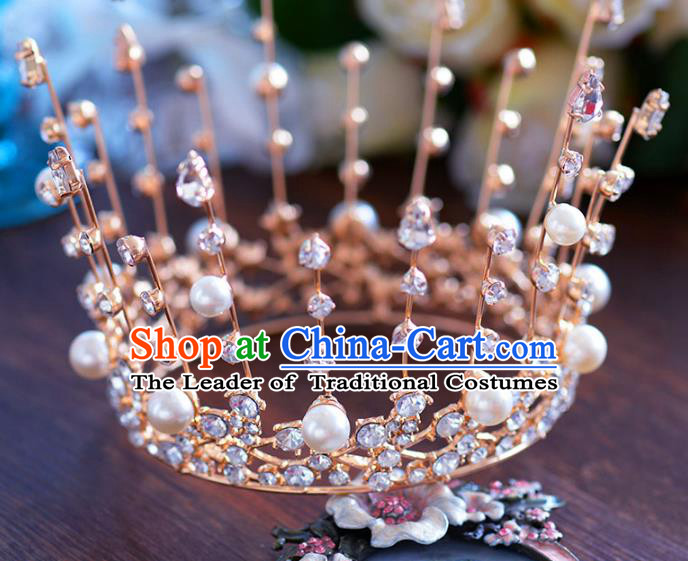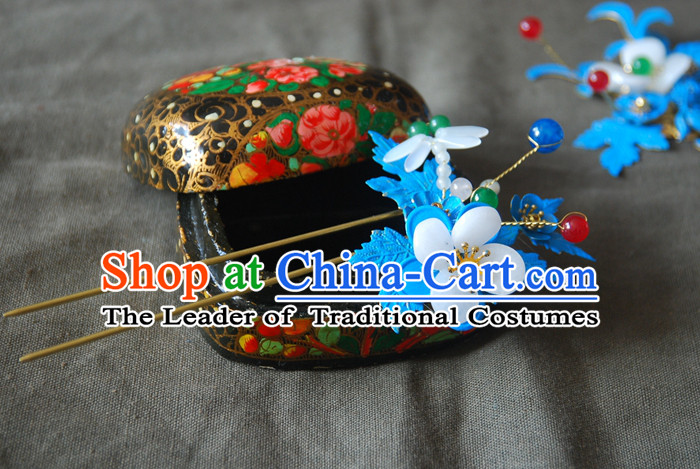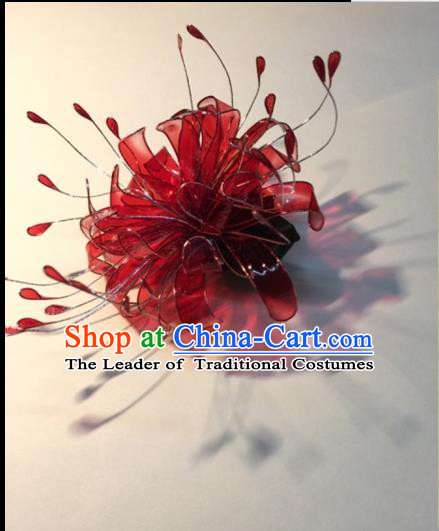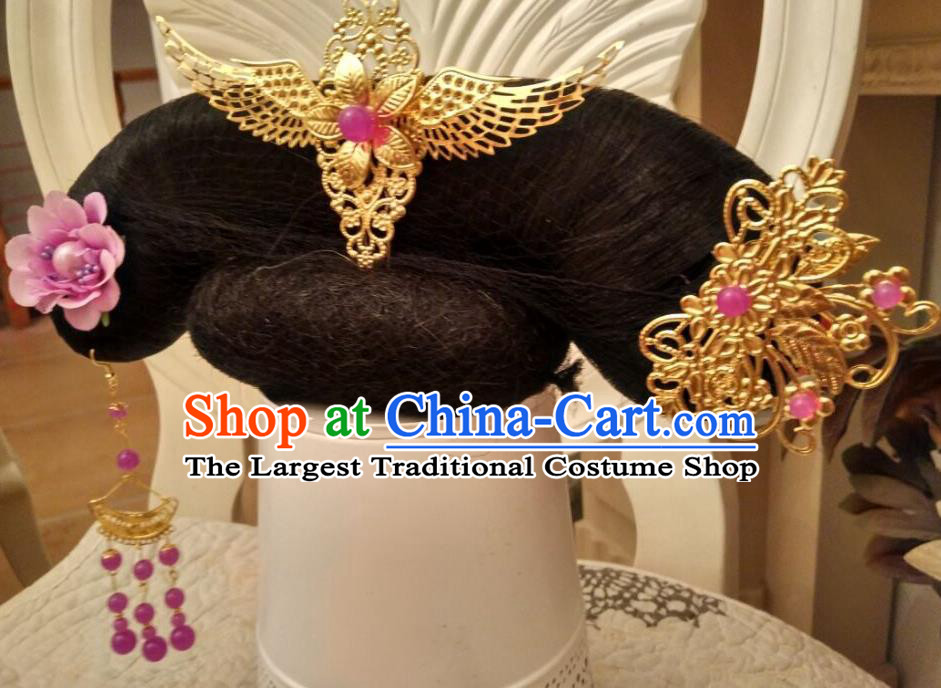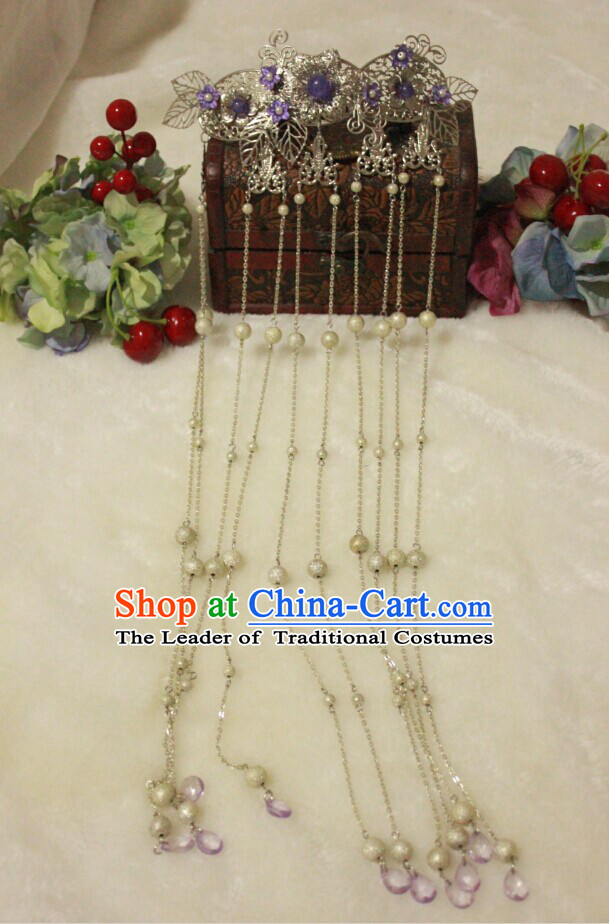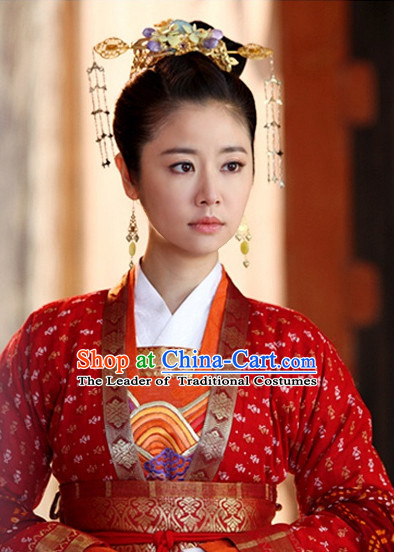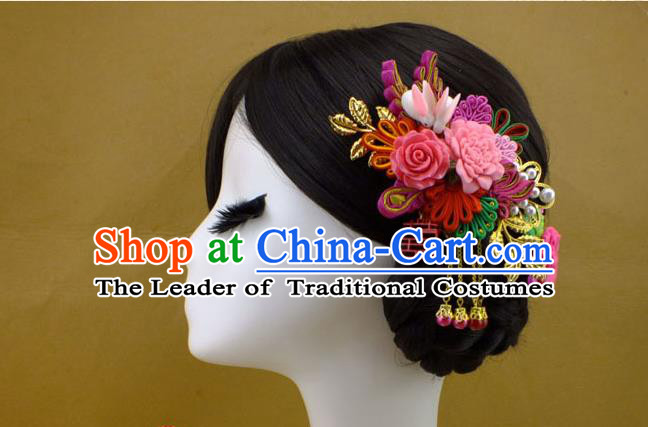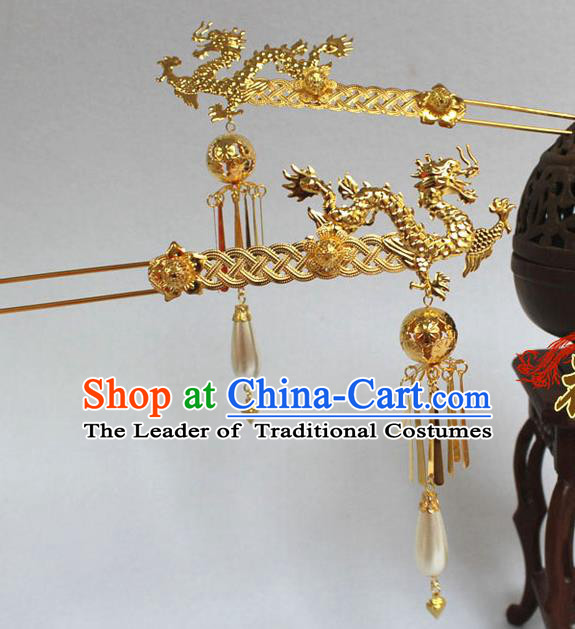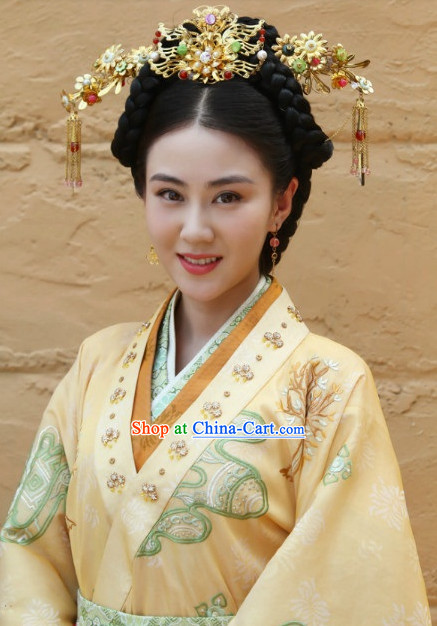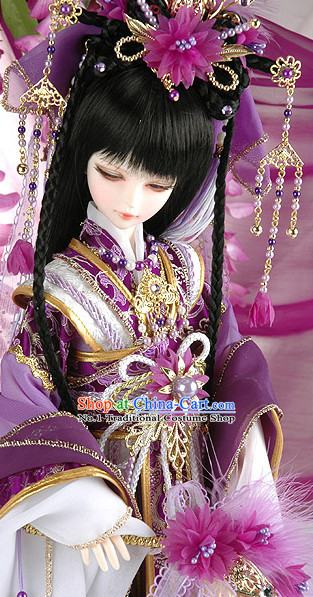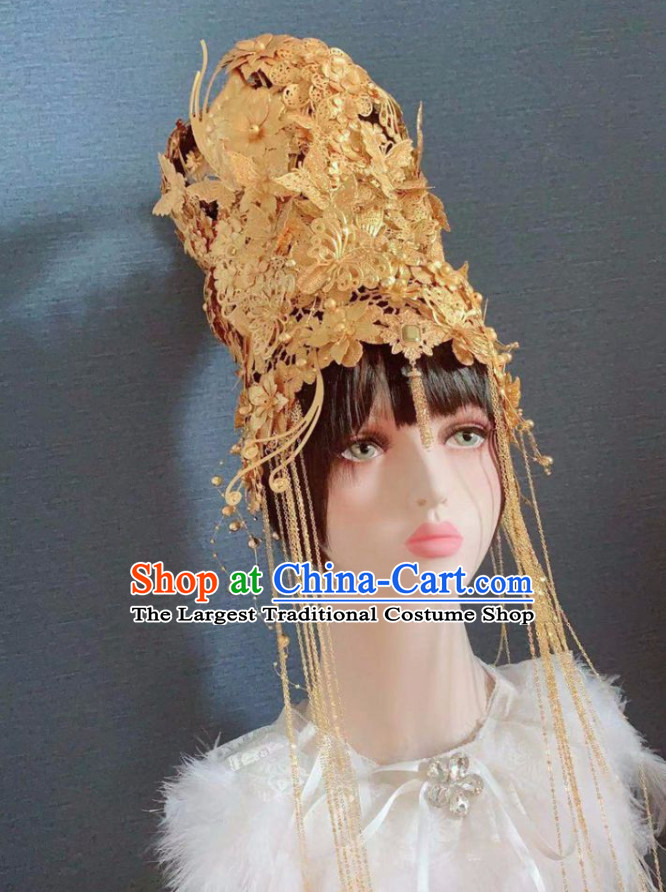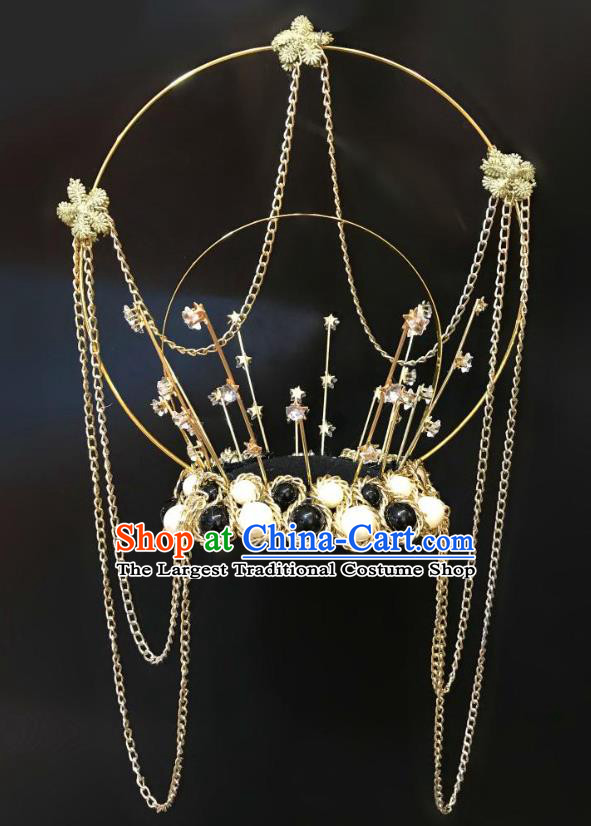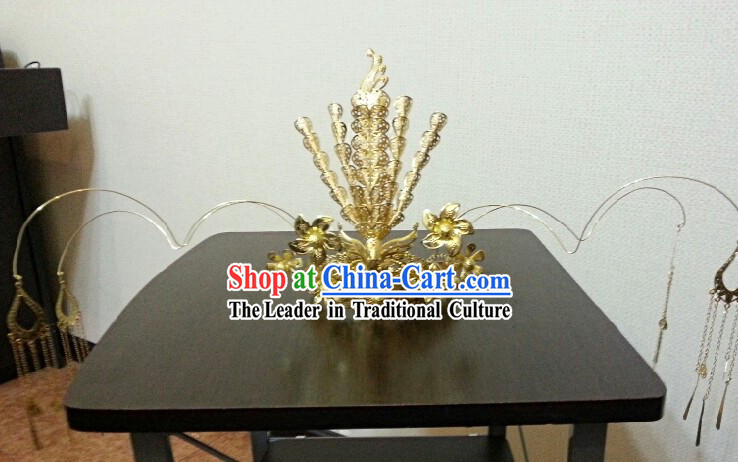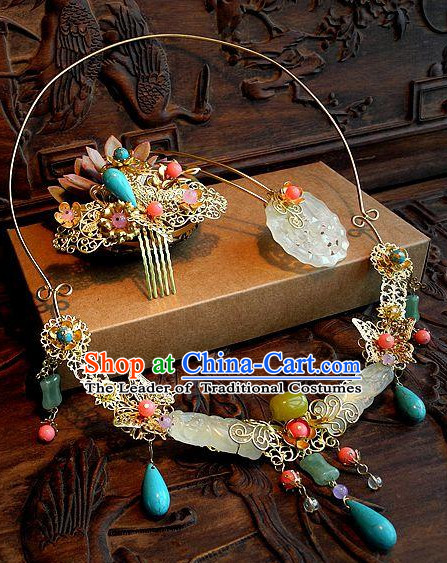
Click Related Pictures for More Audios:
Royal princesses in ancient China had elaborate hairstyles and headdresses that were an integral part of the country's rich cultural heritage.
These hair accessories not only held significant spiritual and cultural meaning but also carried historical significance.
They represented the dignity and glory of the Chinese imperial family and were a vital form of artistic expression in ancient China.
In ancient times, royal princesses' hair accessories were made from luxurious materials such as silk, gold, silver, and jade, and were intricately designed with profound symbolism.
The most famous of these was the "chai," a decorative hairpin shaped like a curved hook used to secure or style hair.
Besides the "chai," there were many other hair accessories and headdresses, including "zhan," "guan," and "fa guan."
These hair accessories served both practical and aesthetic purposes, reflecting the aesthetic values and cultural beliefs of ancient China while showcasing the unique charm of Chinese art.
In modern society, although there are no longer any royal princesses, people still admire and cherish these ancient hair accessories.
They have become fashionable elements that designers incorporate into various clothing and accessories, creating an elegant and noble atmosphere for people's lives.



















